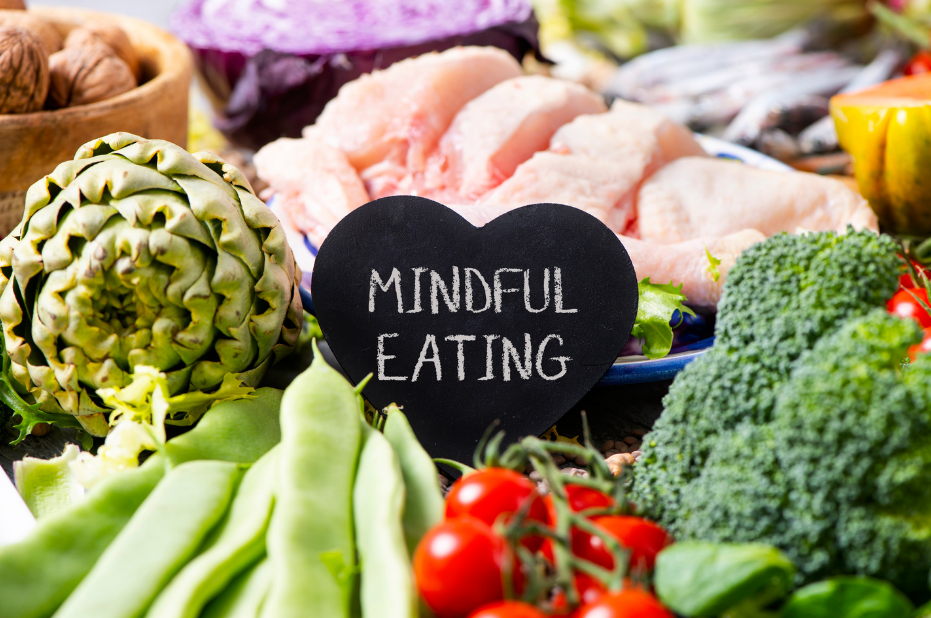Some of the most common questions I get asked about when it comes to healthy eating and shopping as a consumer has to do with fat. People want to know what the best fats and oils to use are and how to know which to buy in the store.
As a culture, we have become overly “fat- phobic,” a lasting effect thanks to the 80s and 90s low-fat craze and when fat was feared by dieters and many others. As a result, manufacturers developed brands and products of foods with food additives and ingredients to replace fat, while still trying to maintain flavor. The truth is, fats are not bad, as long as you get the right kinds and in moderation of course.
I always try to advise people that it’s not so much the amount of fat you eat, but the type of fat that you want to pay attention to. For example, the omega-3 fats in particular have great health benefits for our bodies and can help lower triglycerides and cholesterol, as well as decrease inflammation, compared to saturated fats that can increase inflammation and contribute to hardening of arteries.
Fat 101:
Fat is fat. Fat contains 9 calories per gram (versus 4 calories per gram compared to carbohydrates or protein). The type of fat you choose doesn’t change the amount of calories, unless choosing “lite” or “reduced-fat” versions of products. General recommendations are to include between 25-35% total calories from fat, and also a healthy ratio of omega-3 fats to omega-6 fats.
Types of Fats:
Saturated fats – Saturated fats are usually hard at room temperature and come from animal origin. Saturated fats have been shown to raise cholesterol levels and can contribute to hardening of arteries. Limit the amounts of whole fat foods you choose (ie – whole milk, cream, butter), and red meat or other animal proteins you eat. You can do this by cutting back on how often you eat them, how much you eat of them at a meal, or both.
Trans fats – Trans fat acts similar to saturated fats and has been shown to also increase cholesterol levels. Eliminate trans fats from your diet by staying away from foods that contain hydrogenated or partially hydrogenated oils. (Read the ingredient list on the food label!) Sources: Baked goods, shortening and stick margarine may contain trans fat, however, many manufacturers are now removing trans fat from products due to the known negative health risks.
Unsaturated fats –Polyunsaturated and monounsaturated fats are the two unsaturated fats. They are mainly found in fish such as salmon, trout and herring, as well as avocados, olives, walnuts and liquid vegetable oils such as soybean, corn, safflower, canola, olive and sunflower. Both polyunsaturated and monounsaturated fats may help improve your blood cholesterol when you use them in place of saturated and trans fats.
Monounsaturated fats are found in olive oil, peanut oil, canola oil, avocados, nuts and seeds. Polyunsaturated fats are found in many vegetable oils, including safflower, corn, sunflower, soy and cottonseed oils, as well as in nuts and seeds.
Essential Fatty Acids:
Your body needs two types of polyunsaturated fatty acids: omega-3s (linolenic) and omega-6s (linoleic) from your diet, because your cells cannot make these fatty acids themselves. Both omega-3 and omega-6 fatty acids contribute to brain function. A lot of research shows omega-3s are associated with a decreased risk of cancer, heart disease, inflammatory disease, depression, pregnancy problems, and much more. You must get essential fats through food. In general, Americans tend to get enough omega-6 in our diet, so focusing more on omega-3s is beneficial.
Food Sources: Omega-6 mostly comes from plant oils such as corn oil, soybean oil, and sunflower oil, as well as from nuts and seeds. Omega-3s come primarily from fatty fish such as salmon, mackerel, and tuna, as well as from plant sources such as canola, walnuts and flaxseed in lesser amounts.
Four Reasons to Make Friends with Fat:
Fat helps with fullness: Including a source of healthy fat at every meal can help with satiety, because fat takes longer to digest and stays in the stomach longer.
Fat can help with mood and behavior: Fats are responsible for the health of every cell in your body and essential fats are precursors to hormones and chemicals in your brain.
Fat helps you absorb fat-soluble vitamins: Fat helps to digest fat-soluble vitamins like Vitamins A, D, E and K. Without eating enough fat, your body can be deficient in these nutrients.
Fat can help with inflammation: Fats help to alleviate joint aches and pains and lower inflammation in your body.
So, to easily incorporate more healthy fats into your diet, you can start by adding ground flax into your morning smoothies or oatmeal, topping your sandwich with sliced avocado and keeping nuts in your bag for a healthy omega-3 packed afternoon snack.
Stay tuned for Part 2 on The Skinny on Fats, focusing specifically on all the different types of fats & oils and how they can be used in cooking.



